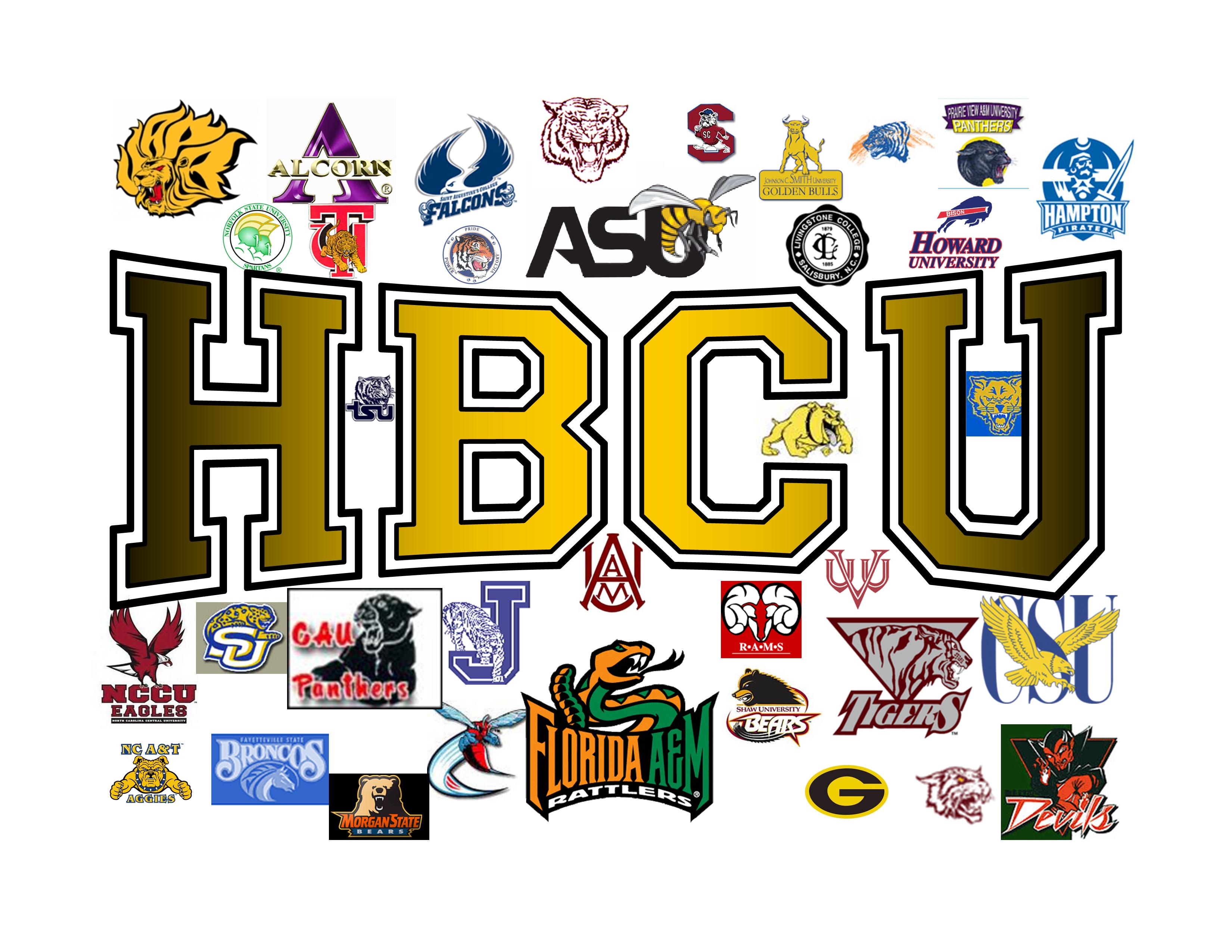What Is The Easiest Hbcu To Get Into
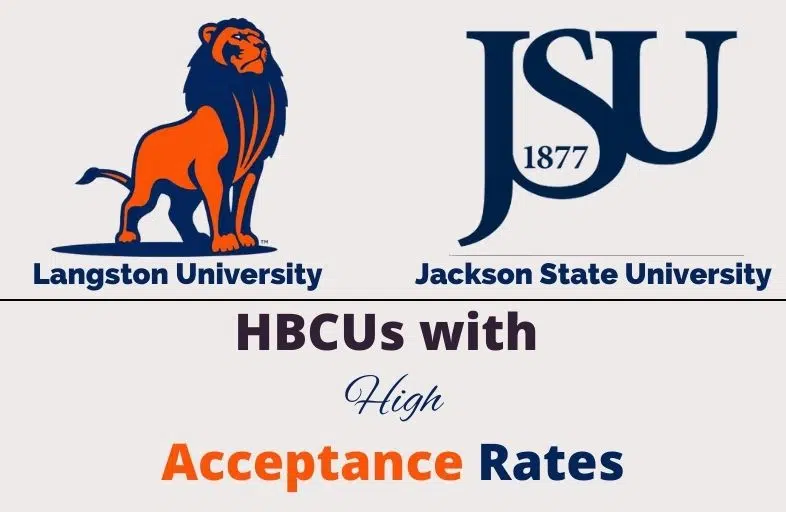
Aspiring students seeking higher education at Historically Black Colleges and Universities (HBCUs) often want to know: Which institutions offer the most accessible path to enrollment? While admission standards fluctuate, several HBCUs consistently report higher acceptance rates, making them potentially easier to get into.
This article cuts through the noise and provides a data-driven snapshot of HBCU admissions, focusing on acceptance rates to identify institutions with a more open door for prospective students. Understanding these figures can empower students to make informed decisions about their college applications and maximize their chances of acceptance.
Understanding HBCU Acceptance Rates
Acceptance rate is the percentage of applicants who are admitted to a university. Lower acceptance rates indicate greater selectivity, while higher rates suggest a less competitive admissions environment.
Keep in mind that acceptance rate is just one factor to consider. Other factors like academic programs, location, and campus culture are also important in choosing the right college.
HBCUs with Historically Higher Acceptance Rates
Based on recent data, Coppin State University in Baltimore, Maryland, often features prominently among HBCUs with higher acceptance rates. For instance, in Fall 2022, the university reported an acceptance rate exceeding 70%, signaling a relatively accessible admissions process.
Similarly, Bluefield State University, located in West Virginia, demonstrates a history of admitting a significant proportion of its applicants. Their commitment to providing educational opportunities often translates to higher acceptance rates compared to other, more competitive HBCUs.
West Virginia State University is another option to consider. The institution consistently maintains a relatively high acceptance rate compared to the national average for HBCUs.
Factors Influencing Acceptance Rates
Several factors can influence an HBCU's acceptance rate. These include the number of applications received, the academic profile of the applicant pool, and the institution's strategic enrollment goals.
Smaller HBCUs, especially those with a strong regional focus, may have higher acceptance rates simply due to a smaller applicant pool. Funding and resources can also impact an institution's ability to be more selective.
Beyond Acceptance Rates: A Holistic Approach
While acceptance rates offer a valuable starting point, a comprehensive college search requires more than just focusing on the numbers. Students should consider factors like program offerings, campus environment, and financial aid opportunities.
It's essential to research each institution's specific admission requirements, including GPA, standardized test scores (if required), and essay prompts.
Visiting the campus and speaking with current students can provide invaluable insights into the college experience.
Next Steps for Prospective Students
Prospective students should visit the official websites of Coppin State University, Bluefield State University, and West Virginia State University to gather the most up-to-date admissions information. This should include application deadlines, required materials, and any specific criteria for their chosen academic program.
Contacting the admissions offices directly is also advisable. They can answer specific questions and provide guidance throughout the application process.
Remember, a successful college application is a strategic and well-researched endeavor. Begin planning early and leverage all available resources.
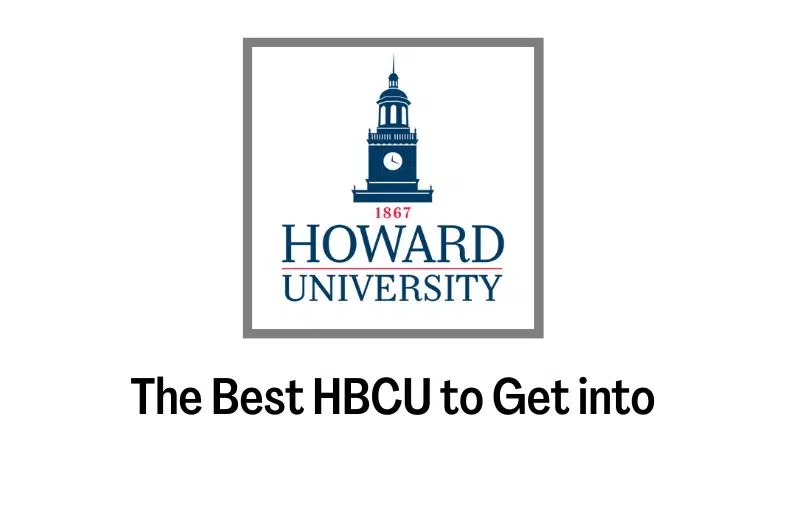
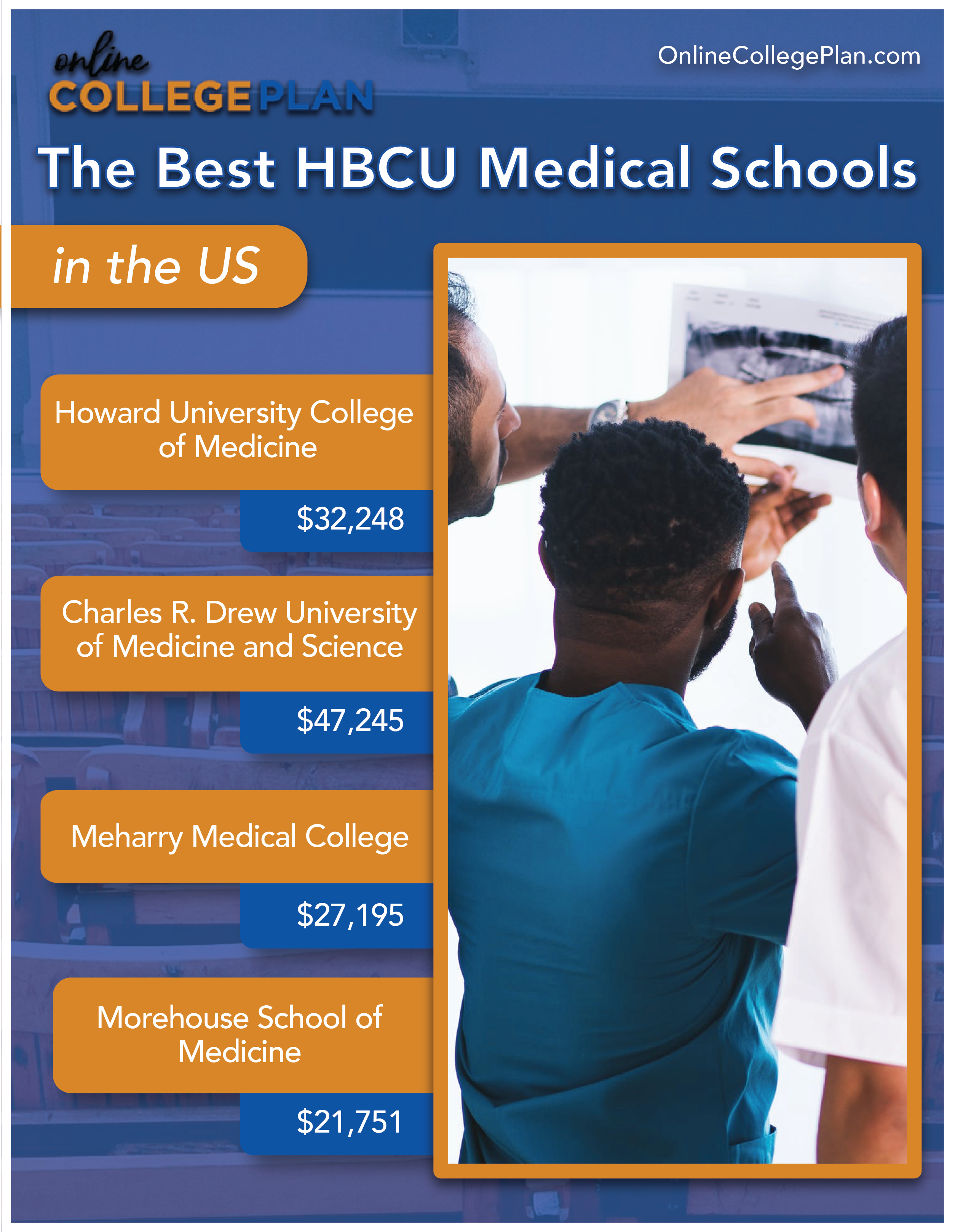
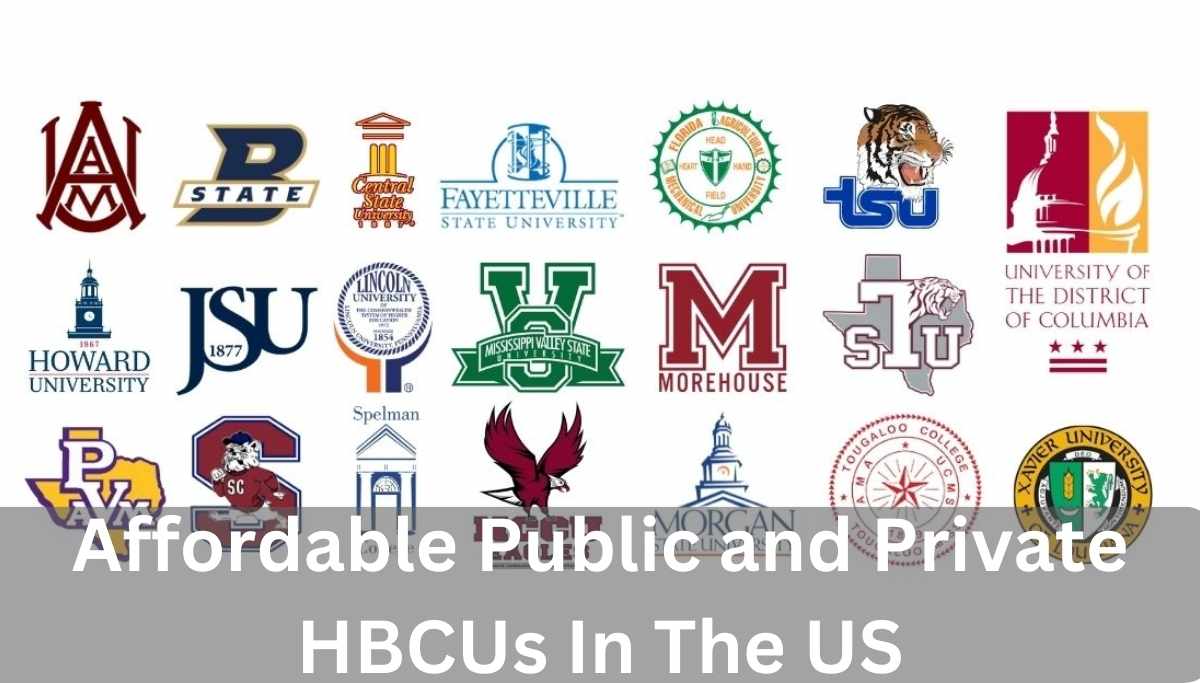
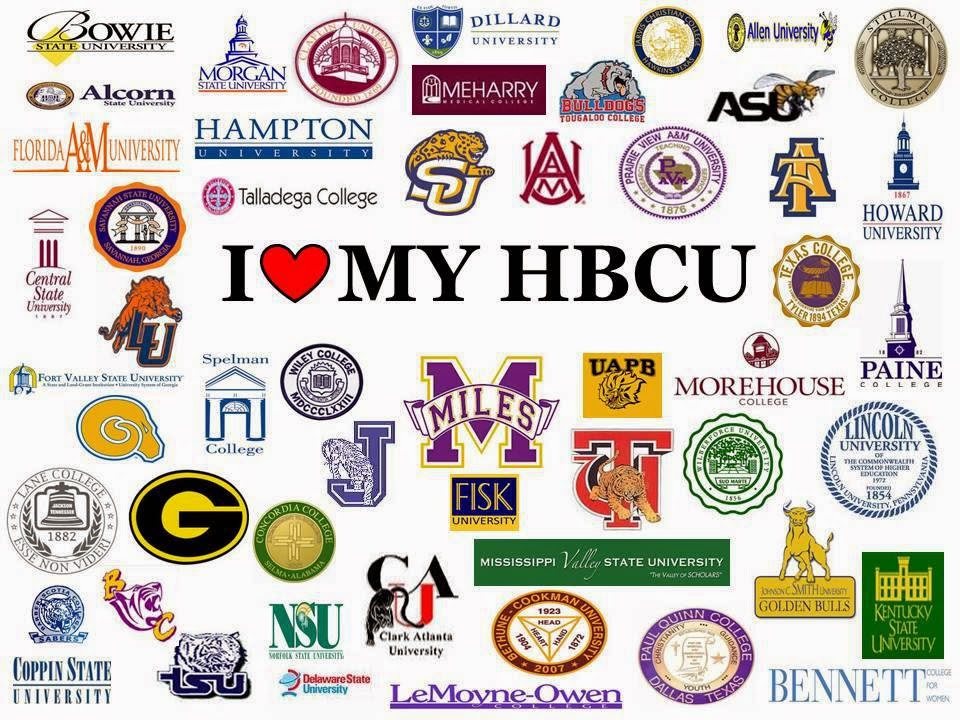
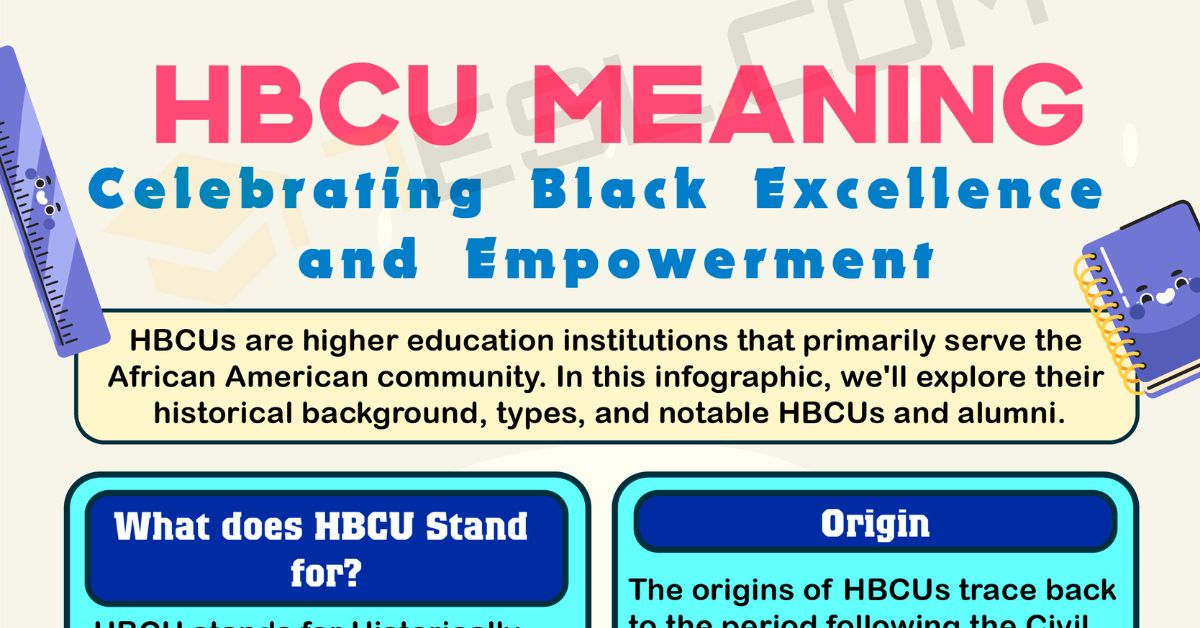
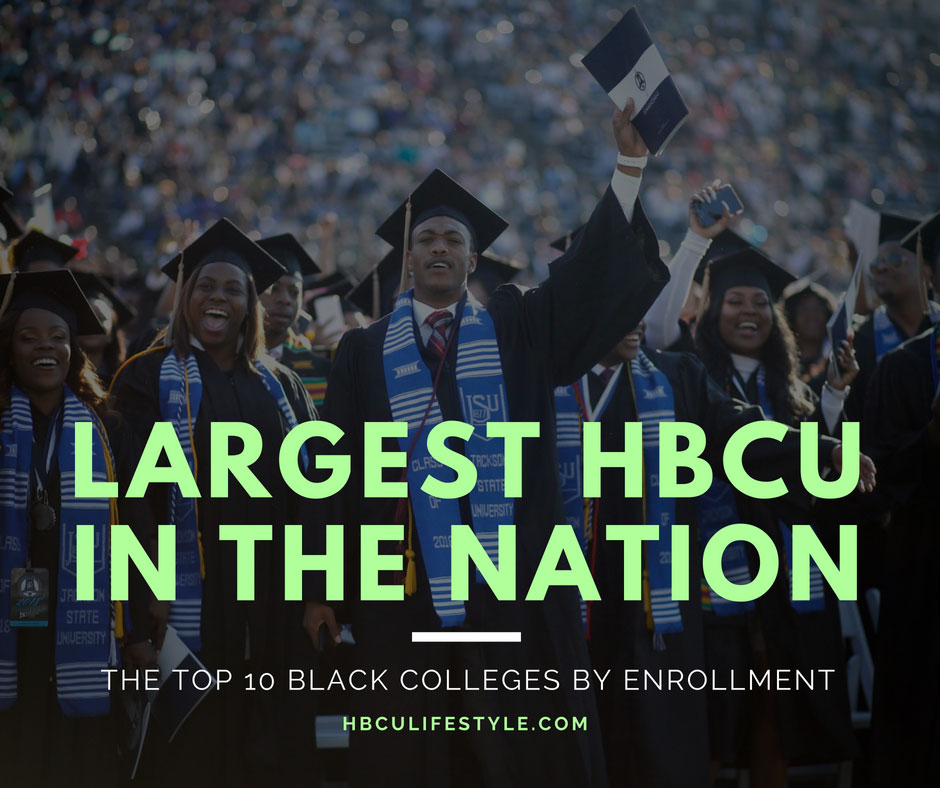

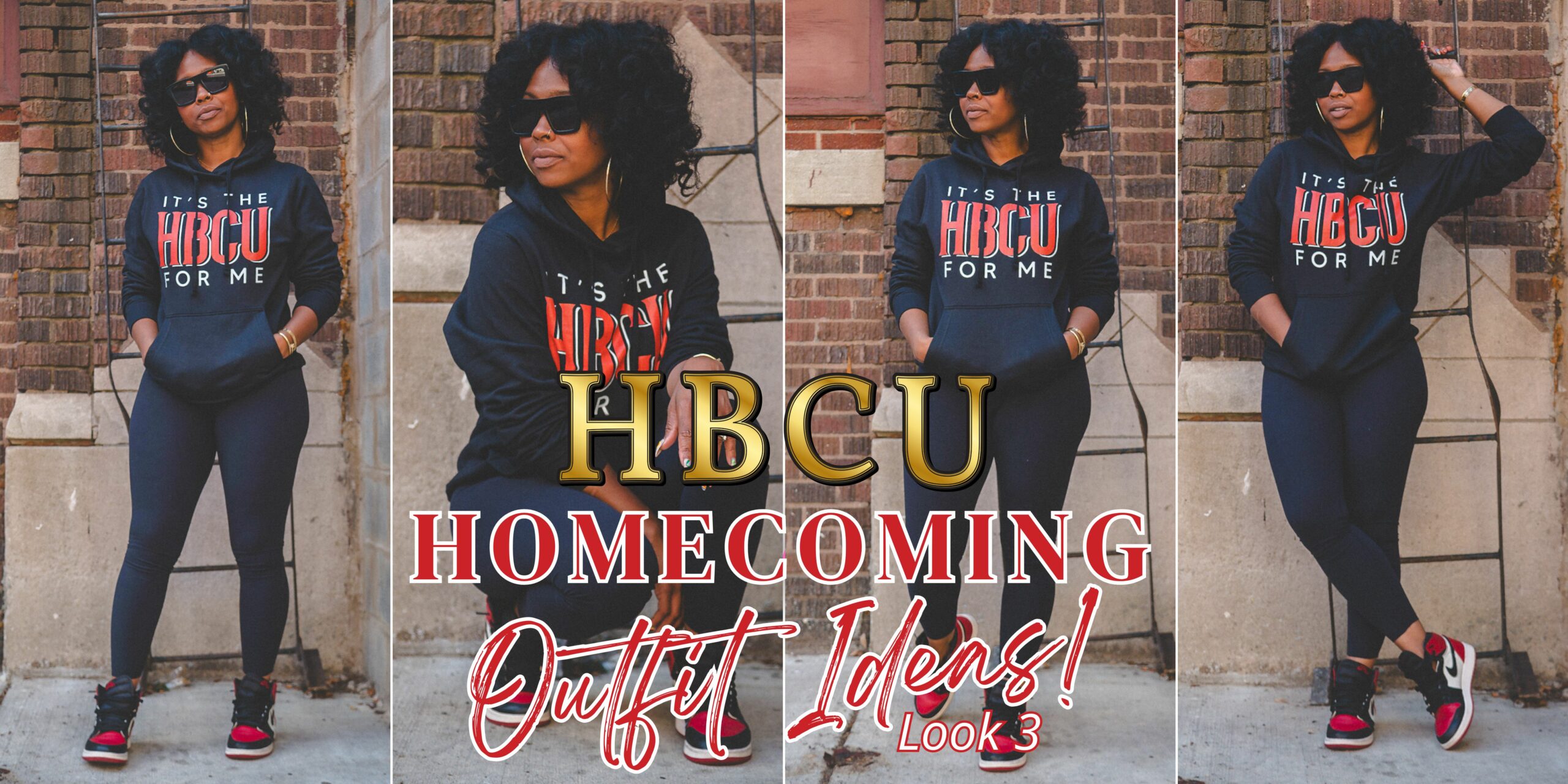

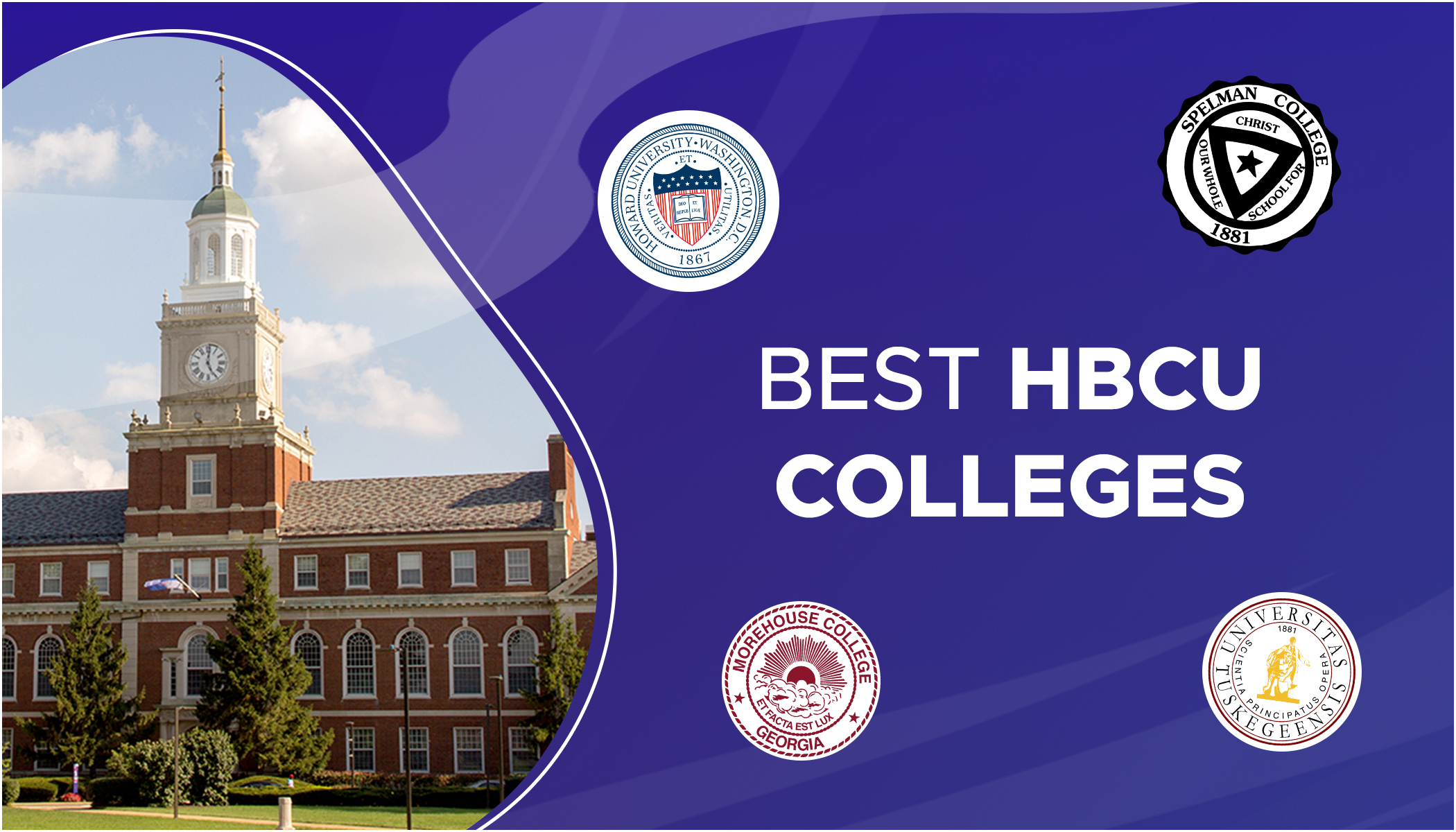



![What Is The Easiest Hbcu To Get Into [EBOOK][BEST]} HBCU FAN-ADDICT: GET READY FOR COLLEGE: A Year By Year](https://miro.medium.com/v2/resize:fit:1000/1*6Kixwxy5YF283ZSNjbaMjw.jpeg)
